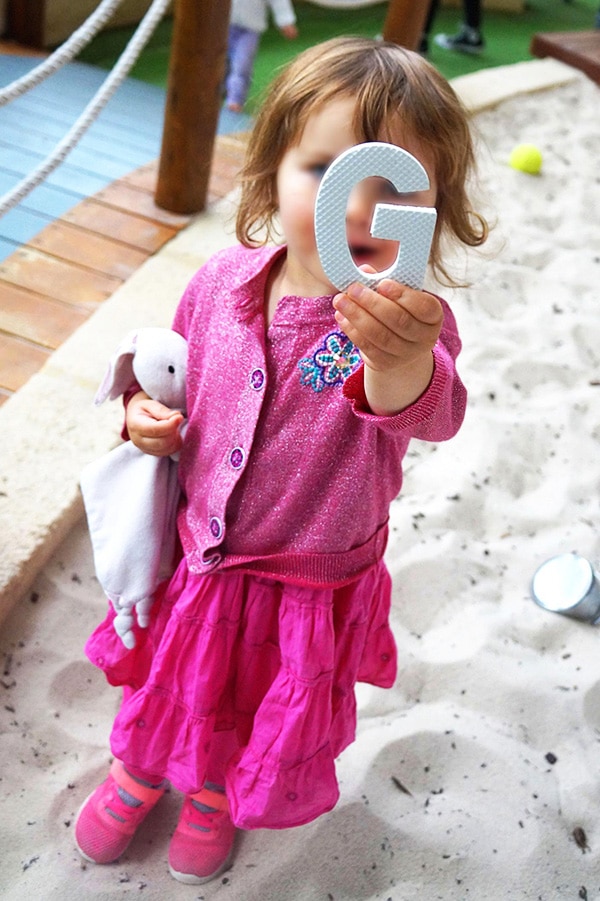In this article, Dr Marie Martin writes about language development in children, what to expect in children being raised with more than one language, and where to ask for help.
Bilingual Families Perth are a great resource for families who are raising children with more than one language. In the past 10 years they have provided support for families who speak Afrikaans, Bengali, Bosnian, Bulgarian, Cantonese, Catalan, Croatian, Czech, Danish, Dutch, English, Farsi, Finnish, French, German, Gujarati, Greek, Hindi, Indonesian, Italian, Japanese, Korean, Macedonian, Malay, Malayalam, Mandarin, Mongolian, Norwegian, Polish, Portuguese, Punjabi, Russian, Samoan, Serbian, Spanish, Swahili, Swiss-German, Swedish, Tagalog, Tamil, Turkish, Vietnamese besides various dialects of the relevant languages.
Most of their work has been with families who have pre-school or school aged children but they have links to hundreds of resources and they are a way for you to connect with other families experiencing similar issues. In terms of language acquisition, this article by Fred Geness might be helpful.


A summary of the articles key points:
- Language development in children is an everyday and yet magical feat of childhood.
- Knowing the language of one’s parents is an important and essential component of children’s cultural identity and sense of belonging.
- Generally speaking, bilingual children’s overall proficiency in each language reflects the amount of time they spend in each.
- Bilingual acquisition is complex because bilingual children may depend not only on parents but also on grandparents, playmates, or childcare and daycare workers to learn their languages.
- There are large individual differences in language acquisition — some children acquire their first words or use complex utterances much earlier than other children. The same kinds of differences are characteristic of bilingual children.
- While bilingual children’s vocabulary in each individual language may be smaller than average, their total vocabulary (from both languages) will be at least the same size as a monolingual child.
- Because bilingual children learn words in each language from different people, they sometimes know certain words in one language but not in the other.
- The ways of communicating in certain social situations or of expressing certain meanings can be quite different in some languages.
- At some stage, most bilingual children use sounds and words from both languages even though the people talking with them are using only one language. Mixing languages is a natural and normal aspect of early bilingual acquisition, even among proficient adult bilinguals.
Further reading:
Lowan, L. 2015. Bilingualism in Young Children: Separating Fact from Fiction.
